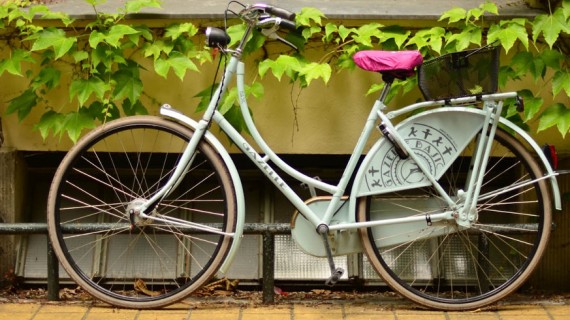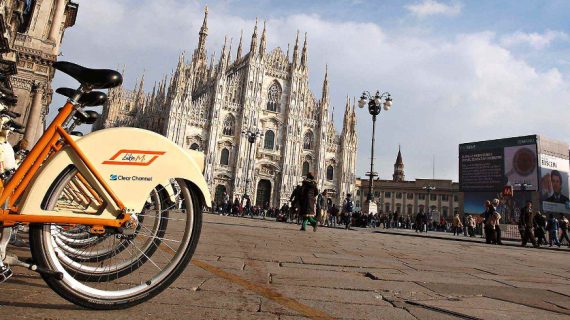We often use our car out of habit rather than necessity: it feels convenient, fast, and always available. But what if we tried leaving it in the garage?
Our wallet, health, and the environment would all benefit.
Today, there are plenty of eco-friendly and affordable alternatives: trains, subways, buses, trams, bicycles, electric scooters, and sharing services. By choosing these options, we reduce CO₂ emissions, improve air quality, and contribute to more livable cities.

Why You Should Say Goodbye to Your Car
Cities are increasingly investing in infrastructure and services to promote sustainable mobility: safe bike lanes, bike-sharing stations, car-sharing, and modern, low-emission public transport.
With a bit of planning, you’ll discover that getting around without a car is easier (and more enjoyable) than you might think.
5 Eco-Friendly and Affordable Alternatives to Driving
1) Trains: Fast, Convenient, and Eco-Friendly
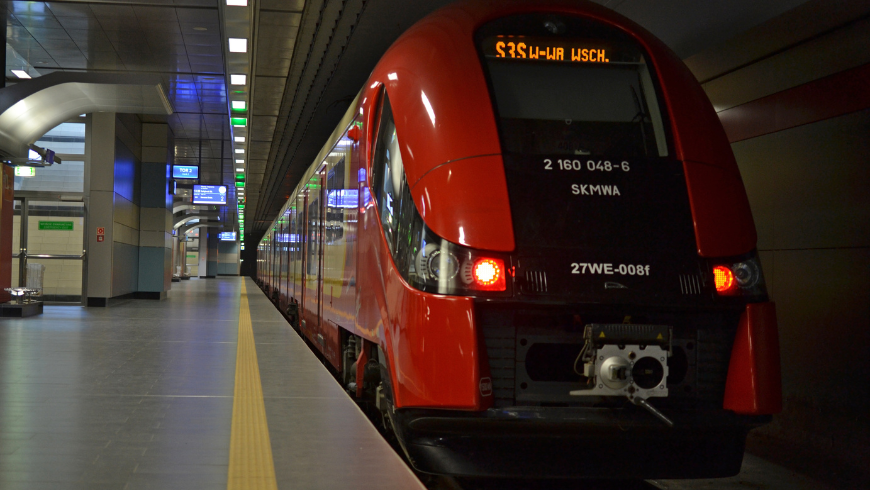
For long distances, high-speed trains are the best choice.
Even if punctuality can sometimes be an issue, trains take you from city center to city center, avoiding traffic and fuel costs.
Extra benefits: read, work, or chat with fellow passengers during your journey.
How to save: book in advance and take advantage of promotional offers.
2) Bikes and Electric Scooters for City Travel
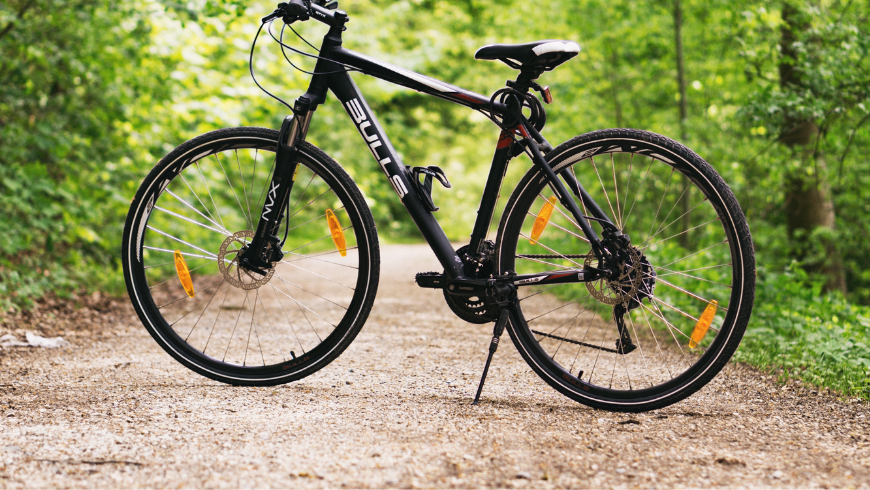
Perfect for short or medium trips, these are agile, cheap, and zero-emission options.
Many cities are creating dedicated lanes and bike paths to make cycling safer.
Extra benefits: move quickly, avoid traffic, get some exercise, and enjoy the city stress-free.
How to save: use bike or scooter sharing when available and check local incentives for buying an e-bike.
3) Public Transport: Affordable and Increasingly Green
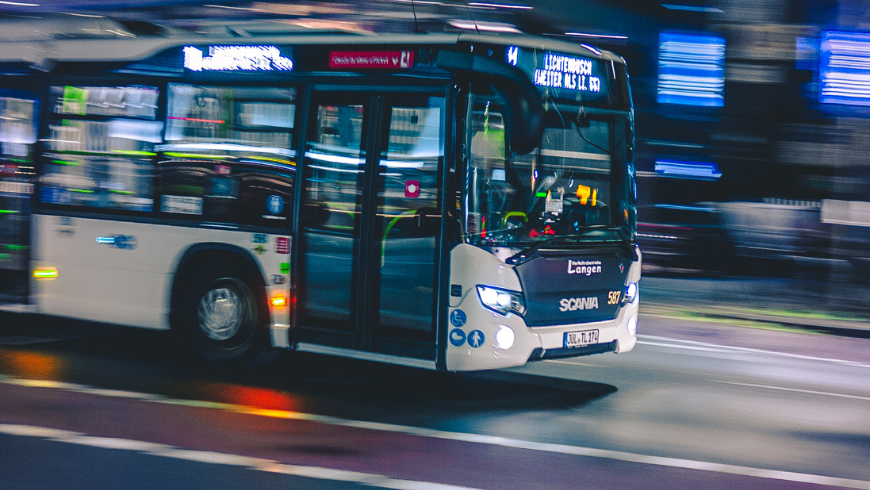
Buses, subways, and trams remain some of the most accessible ways to get around stress-free.
Many municipalities are investing in electric or low-emission vehicles, improving frequency and reliability.
Extra benefits: read, work, or relax during your commute without worrying about parking or traffic.
How to save: get a monthly or annual pass, take advantage of student, worker, or senior discounts, and plan your trips with dedicated apps.
4) Bike and Scooter Sharing Services
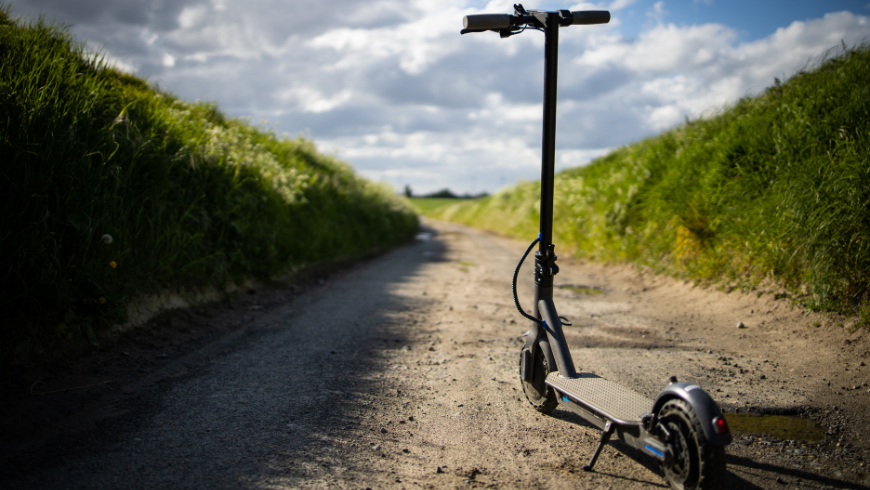
Don’t own a bike or scooter? No problem: with sharing services, you can rent them for the time you need, unlock them via an app, and return them to designated stations.
How does it work? Usually, you use the dedicated app on your phone to unlock the bike or scooter.
Extra benefits: no maintenance to worry about, total flexibility, and the option to combine multiple transport modes to reach your destination.
How to save: choose time-based packages or subscriptions, check the best rates, and look for promotions or discounts for regular users.
5) Car Sharing: Flexible and Cost-Effective
When you really need a car, car sharing is a flexible and cost-effective option: you pay only for the time you use it. Many vehicles are electric and can enter Low Emission Zones.
Extra benefits: pay only for actual use, avoid maintenance, insurance, and parking costs, and choose the vehicle that best fits your trip.
How to save: book in advance, use hourly or daily rates, and check for promotions for new users.
Incentives and Benefits for Sustainable Transport

Many municipalities offer bonuses for buying bicycles or electric scooters and reduced fares for public transport subscriptions for students, workers, and seniors.
Teaching Kids About Sustainable Mobility Early
Good habits start early. To help children get to school sustainably, there are three alternatives to driving:
- School bus: convenient for suburban areas and encourages socializing.
- Walking bus: a “bus” on foot with scheduled stops and adult supervisors.
- Bike bus: the same concept, but on bicycles.
Walking and bike buses are often organized by parents or local associations, while the school bus is run by the municipality.

Choosing alternatives to cars is not just an eco-friendly action: it’s an investment in our future, the health of cities, and everyone’s quality of life.
Cover photo: Source Canva Pro

